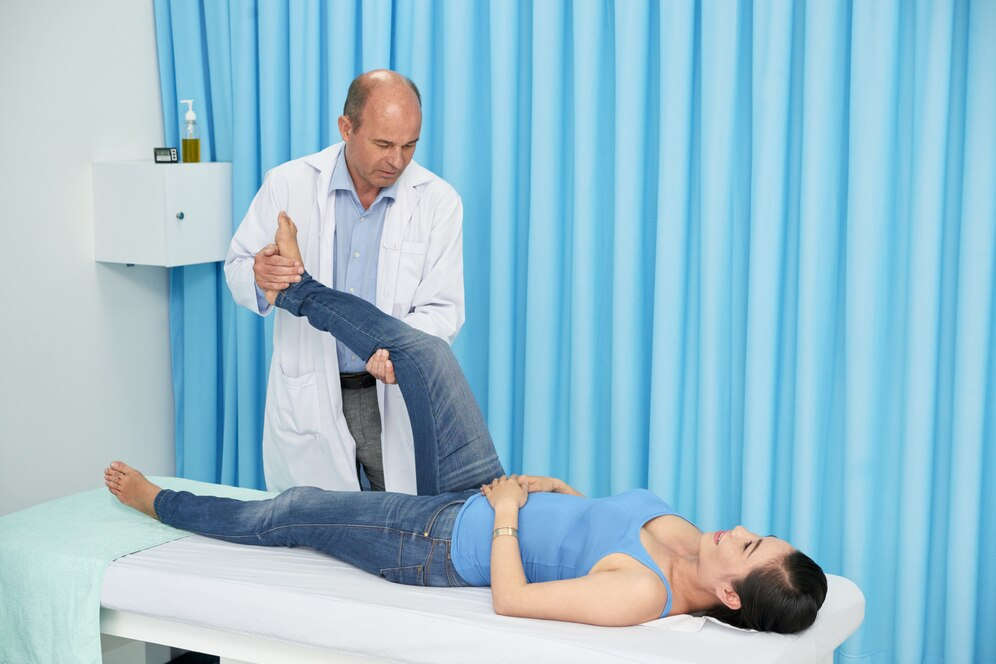Global Perspectives: How Osteopathy is Practiced Worldwide

Osteopathy has varied application methods in different parts of the world. While its philosophy is uniform, each region influences it with its culture as well as its healthcare system. The knowledge of how osteopathy is being adapted around the globe can give one an idea of how significantly it has influenced the global world. Through a series of questions in this blog, we shall delve into osteopathic practices around the world.
How is osteopathy practiced in Europe?
In Europe, osteopathy is widely recognized as a complementary therapy and is regulated in many countries. It is commonly used to treat musculoskeletal conditions, with practitioners working alongside conventional medical professionals to provide integrated care.
In the current era, osteopathy is usually a part of national healthcare systems in Europe. Other countries, such as the UK, France, and Belgium, have licensed and regulated osteopaths. The education of the practitioners is highly detailed; osteopathy is applied additively during the treatment of different diseases, among which people often mention pain in their back, problems with joints, and digestive pathologies.
European Federation of Osteopaths: Such development of standard education and practice across Europe very often differs with regards to differences in specific countries. However, osteopathy is very well recognized throughout European health systems; this is why very many patients appreciate a holistic approach.
What role does osteopathy play in North American healthcare?
In North America, osteopathy plays a dual role: in the U.S., osteopathic physicians (DOs) are fully licensed medical doctors, while in Canada, osteopathy is considered a complementary therapy focusing on manual treatments.
In the United States, DOs face the same kind of medical training as MDs, while obtaining further education in OMT. They have the legal right to prescribe medications and perform any surgical procedure or work in any area of medicine. In contrast, osteopaths in Canada have a doctor of medicine but strictly focus on manual therapies linked with musculoskeletal issues.
Osteopathy in North America is gaining more recognition as a non-invasive holistic treatment through which many patients are seeking it for relief from chronic pain and physical discomforts. The scope and recognition, however, are very different between the U.S. to Canada.

Is osteopathy widely accepted in Asian countries?
Osteopathy is gradually gaining popularity in some Asian countries, though it is not as widely accepted as in Western nations. In places like Japan and India, it is often seen as a complementary therapy alongside traditional medicine.
In Asian nations, osteopathy is still an emerging practice with less regulation and awareness compared with Western countries. The practice of osteopathy is slowly gaining its footing in Japan as a form of physical therapy. In India, osteopathy is being merged with traditional healing systems such as Ayurveda.
The boom in osteopathy throughout Asia primarily is a result of growing interest in holistic and natural therapies. Acceptance levels vary greatly across the region, so it will likely take time before osteopathy becomes a common practice in most Asian countries. However, demand for complementary therapies is on the upswing, thus boding well for the future of osteopathy in Asia.
How does osteopathy differ between Australia and New Zealand?
In both Australia and New Zealand, osteopathy is a well-regulated healthcare profession. However, the practice is more integrated into the public healthcare system in Australia, while it remains primarily private in New Zealand.
In Australia, osteopathy is recognized and regulated as a primary healthcare profession, so that these professionals can diagnose and treat patients without any referral. Osteopathy is more accessible to Australians due to the rebates offered by the Australian government for insurance.
Osteopaths in New Zealand have been a regulated profession for years, but they are still private and operate on the lines of patient-paid services-at least, that is the case regarding government support. Excellent training programs are available for both Australian and New Zealand osteopaths. Both countries welcome individuals visiting osteopaths for treatment for back pains and sports injuries among many other musculoskeletal conditions.

What is the status of osteopathy in African healthcare systems?
Osteopathy is still in its infancy in many African countries. While some practitioners exist, it is not widely integrated into mainstream healthcare systems, and awareness of the therapy remains low.
In Africa, osteopathy is yet to become one of the acceptable and practiced forms of treatment. There have been slow, slow increases in the number of osteopaths in countries such as South Africa and Morocco, but again, there isn’t even regulation or institutional support for the profession.
The majority of African osteopaths work in private clinics, and those patients who travel to seek osteopathic treatment do this mostly for musculoskeletal complaints or as a last resort when conventional treatment doesn’t seem to be working. As awareness increases and interest in complementary therapies grows, osteopathy would eventually be better integrated into the continent’s health systems.
Conclusion
Osteopathy varies with one place to another. Cultural, healthcare, and regulatory differences separate the practice. Regardless of full integration into public health care or as a complementary therapy, osteopathy further enjoys wider acceptance throughout the world because of its holistic approach. Knowing these regional differences helps people in making informed decisions about seeking osteopathic care.

